ITC grants injunction over Apple Data Detectors patent against HTC Android phones
The ITC granted Apple an import ban that will prevent HTC from selling its phones in the US with the feature beginning April 19, 2012. HTC will either need to remove the functionality or work with Google to implement it in a non-infringing way.
Removing the feature "would put HTC at a competitive disadvantage as compared to other smartphone makers, including other Android device makers," reports FOSS Patents writer Florian Mueller.
"Out of ten patents originally asserted, Apple finally managed to enforce one, and it's one of medium value," Mueller added, noting that "a much broader and potentially more impactful patent on realtime signal processing was not deemed infringed. That one could have had much more impact on HTC and, more generally, Android than the data tapping patent."
Mueller observed, "it's a starting point, and let's not forget that this is just the first of dozens of lawsuits Apple has already brought against the Android platform. There's a learning curve involved with anything, and patents need to be battle-tested. Chances are that Apple's lawsuits will become more effective."
Apple's years of work of Data Detectors
Apple's Advanced Technology Group invented Data Detectors in the mid 1990s, allowing an operating system to recognize formatted data (such as a phone number or email address) within an unstructured document, enabling the user to take action upon the data recognized.
The feature was added to Mac OS 8 in 1997 as a contextual menu plugin (above), but didn't make it to Mac OS X until Leopard 10.5 in 2008. Along the way, Data Detectors evolved into an automated technology initially called LiveDoc, where recognized data was automatically highlighted.
On Mac OS X, the feature enables users to perform actions such as clicking on information (such as in an email signature) to automatically create a new contact entry or selecting a highlighted date in order to set up a new calendar event. Since Snow Leopard in 2009, the feature has been activated for any documents managed by Core Text.
That same year, iOS 3.0 also incorporated the technology, allowing users to see email addresses and phone numbers as hyperlinks that can be touched to place a call, send a text, or compose an email.
 Daniel Eran Dilger
Daniel Eran Dilger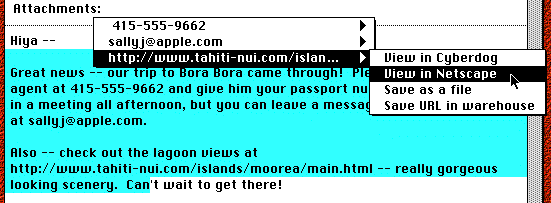
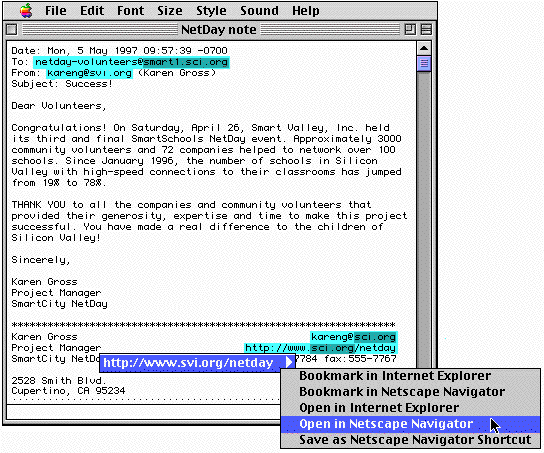

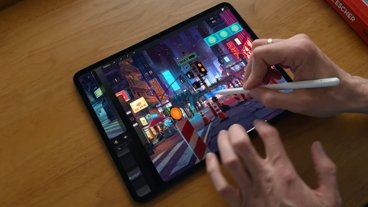

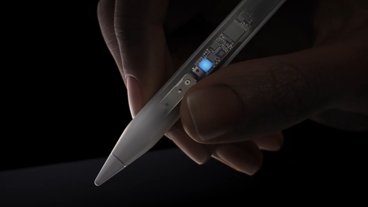

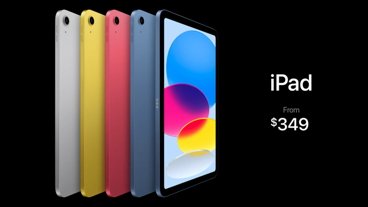







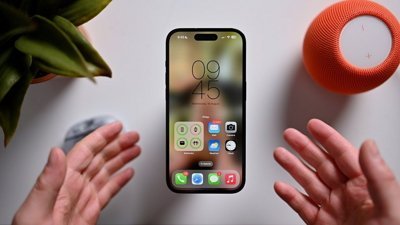
 Malcolm Owen
Malcolm Owen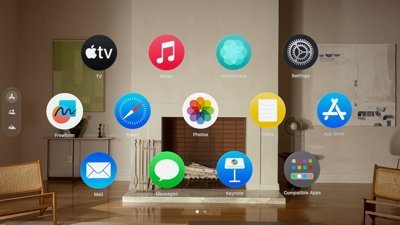

 Andrew Orr
Andrew Orr
 William Gallagher
William Gallagher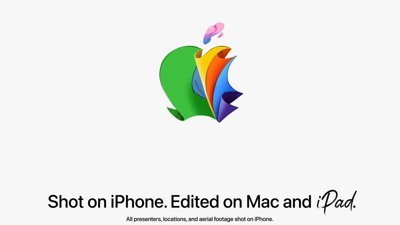
 Amber Neely
Amber Neely
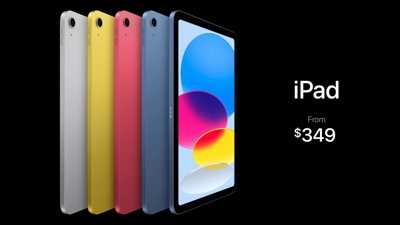
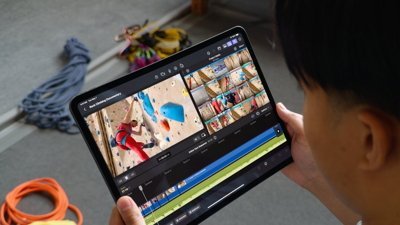










60 Comments
so shameless... i didn't know the idea for data detectors was copied
FossPatents: ". . . relating only to HTC Android phones implementing one of two claims of a "data tapping patent": a patent on an invention that marks up phone numbers and other types of formatted data in an unstructured document, such as an email, in order to enable users to bring up other programs (such as a dialer app) that process such data. The import ban won't relate to HTC Android products that don't implement that feature, or that implement it in ways not covered by those patent claims.
If Google can implement this popular feature, which users of modern-day smartphones really expect, without infringing on the two patent claims found infringed, this import ban won't have any effect whatsoever."
So far there's not been any meaningful judgements passed down for either side. I don't know if courts and agencies are trying to avoid getting embroiled in these battles for marketshare, or if it's common for requested emergency injunctions to take months to implement once a judgement is handed down. Many here are waiting for D-Day to arrive with each court case only to see time being granted to fix any issues.
Perhaps it's perfectly normal. I don't know.
It's a shame that at the rate they release crap, HTC will have new devices made by April that circumvent this?
...on successfully patenting HYPERLINK technology. Yes, once again, you fooled the patent system into granting you a bogus patent unworthy of any judgement for it. Once again you take an idea that people already have implemented and consider so broad that no one else but you would have the distaste to try to patent it.
Apple is more evil than Microsoft ever was. Both companies admit stealing others' ideas, but only Apple has the audacity to try to patent them as if they were their idea. I hope everyone's eyes start opening up and start the boycott of a company that has gone from humble to a-hole in the course of a decade. Apple is leaning hard on the plastic cover over the self-destruct button....
"Baaannnn in the USA, I was Baaaan in the USA"